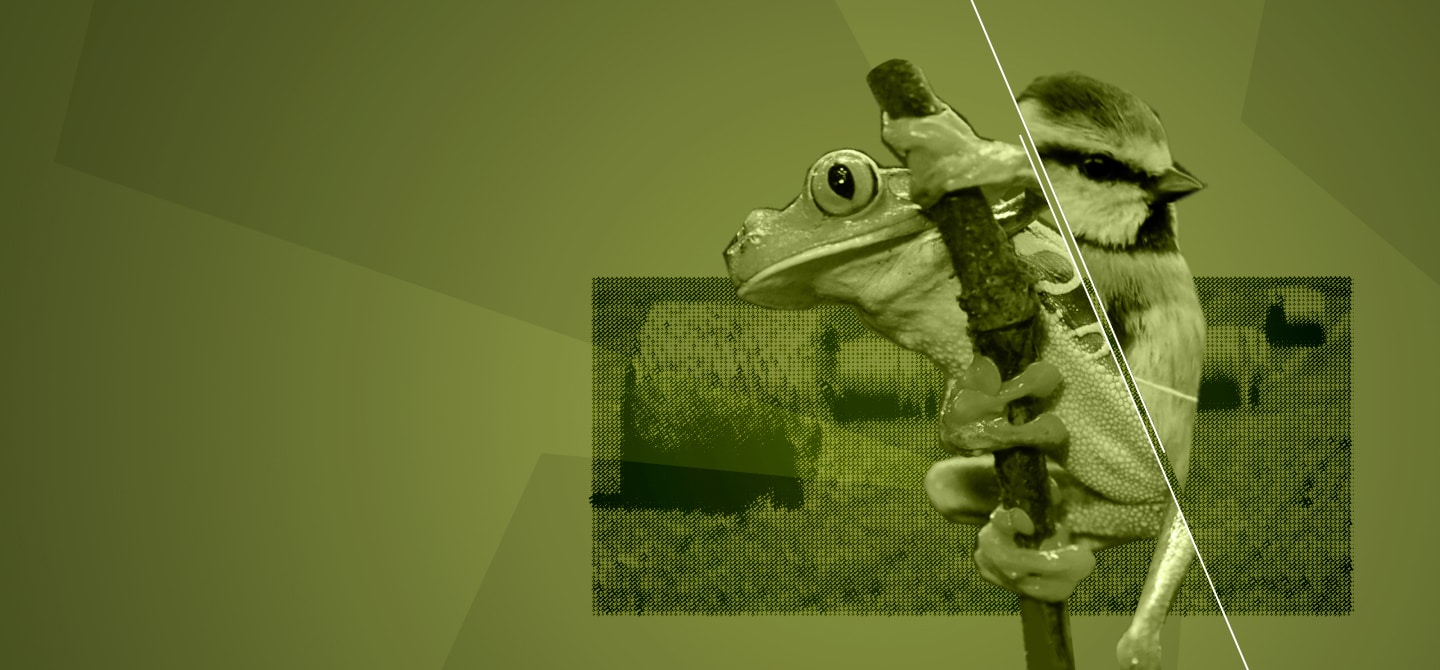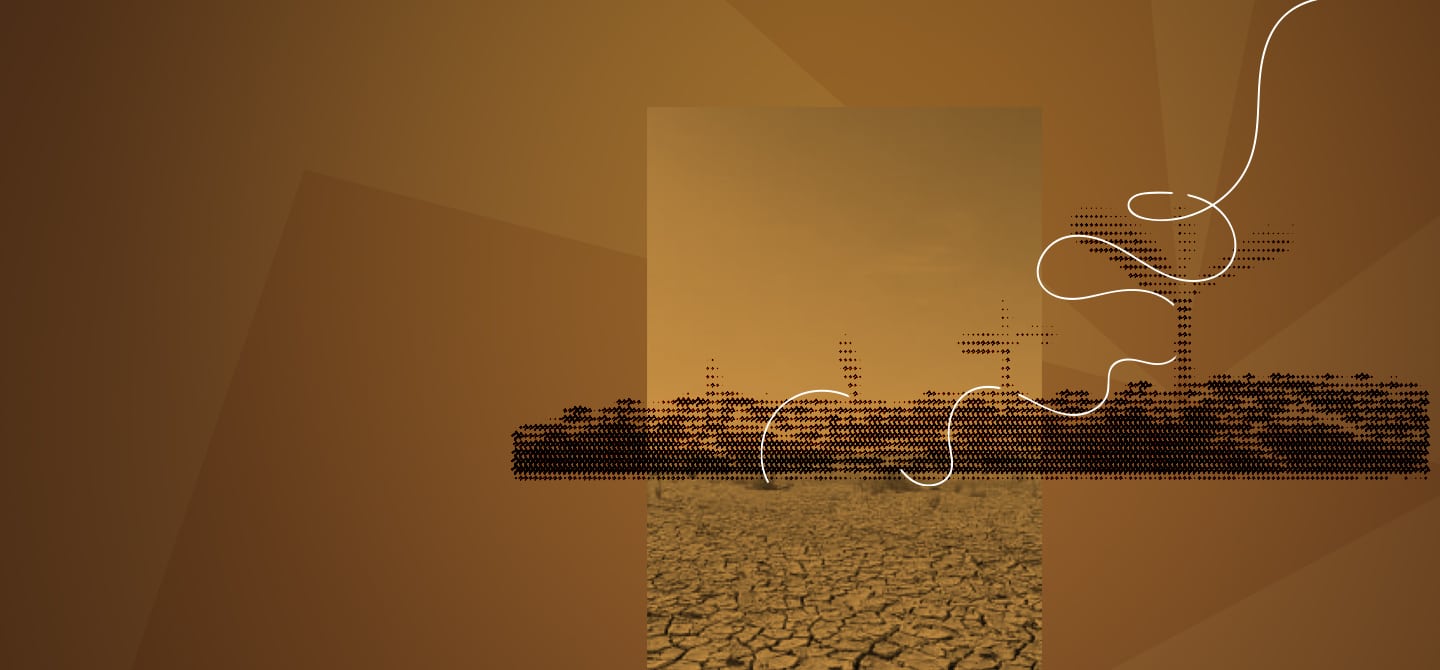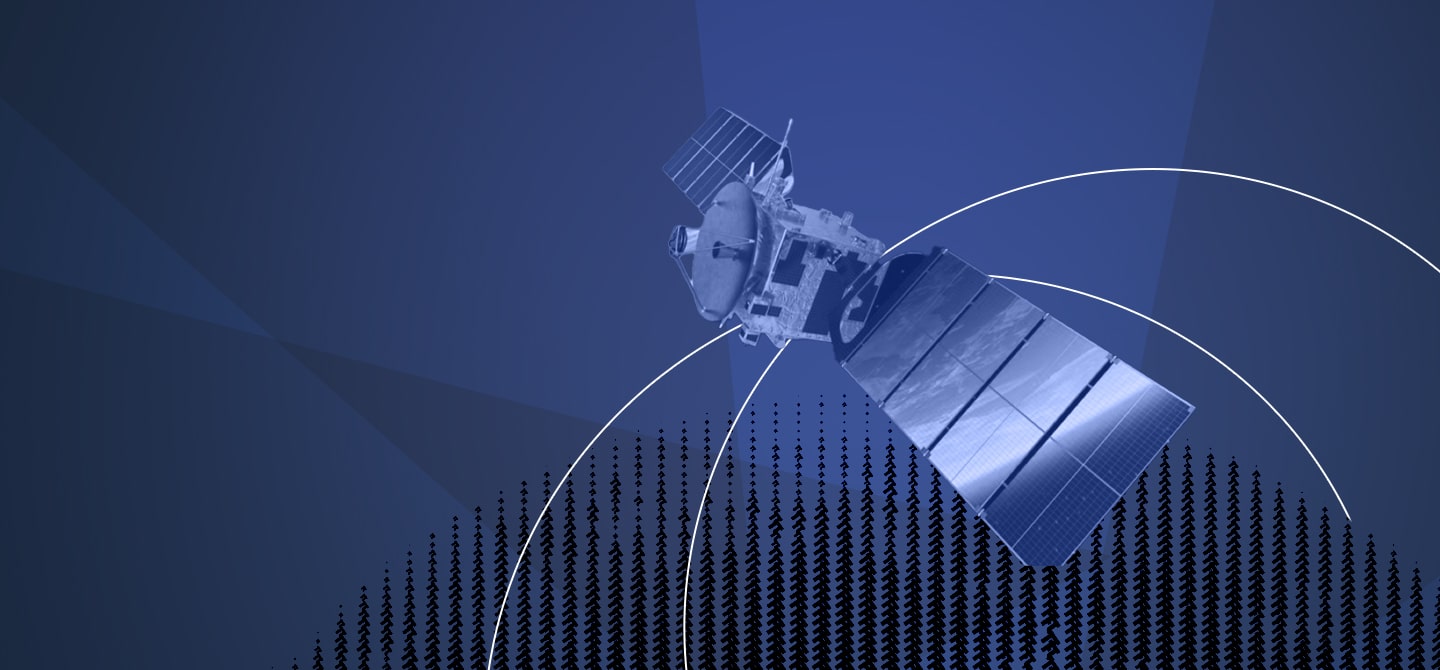Sound recordings of an environment can be used to create soundscapes – a process that is very useful for researchers, as it enables them to identify and monitor the measurable biodiversity in a given a location. This technique, which is used in ecology, can be applied both on land and underwater. However, access to this data remains difficult because there is currently no global recording database. To address this issue, Kévin Darras, a research fellow in ecology at INRAE (French National Research Institute for Agriculture, Food and the Environment), has come up with a solution by compiling these soundscapes in his project entitled “Worldwide Soundscapes”.
What is the Worldwide Soundscapes project?
Kévin Darras. Around the world, many research teams collect audio recordings to study biodiversity. This method is called ‘passive acoustic monitoring’. However, this data is rarely shared among scientific communities. Worldwide Soundscapes catalogues recordings from more than 12,000 sites – approximately 5,900 TB of data – and makes them available to all scientists.
What is passive acoustic monitoring?
Passive acoustic monitoring is a comprehensive method for recording and tracking animal biodiversity. In practical terms, it involves recording sounds passively using a microphone and a recorder – unlike sonar, which emits sounds. Passive acoustic monitoring can be used for all ecosystems, whether terrestrial, aquatic or even underground. It is an effective, accurate and verifiable method. Depending on the species and environment, it is possible to record animals several dozen metres away, such as a robin in a forest, or even several hundred metres or a few kilometres away, such as the songs of orcas, for example.
How can biodiversity be measured solely from sound recordings?
Firstly, listening to the recording makes it possible to determine the presence of different sound-producing animal species. Birds, bats, terrestrial and marine mammals, insects, amphibians, etc. can be identified. Using statistical models, it is also possible to estimate the number of individuals present in a given area. These measurements form the basis for a significant number of decisions regarding the management of natural habitats, the mitigation of the harmful effects of urbanisation, etc.
Why did you work on creating a shared international database?
I used passive acoustic monitoring to track biodiversity for my research on tropical agroecology. Many colleagues who study marine, freshwater or terrestrial environments also use this method, and I realised that it would be useful to take stock of passive acoustic monitoring on a global scale. A shared database provides information on recording sites and periods, as well as the species identified. This gives the scientific community and managers an overview of the regions already covered by monitoring. The advantage? It is entirely possible to reuse a recording to identify other species. This allows scientists to identify areas that have never been monitored and those where data already exists.

What are the initial results of the Worldwide Soundscapes project?
We have characterised the sampling density on a global scale. Of course, this was not a surprise, but we highlight that there is much more data in the Northern Hemisphere than in the Southern Hemisphere, that there are significant gaps in Central Asia, and that spatial coverage density is greater on land than at sea. We observe that the data covers the vast majority of ecosystems. What’s more, in an initial scientific publication, we show – using a small selection of records – that this database can be used to answer ecological questions on a very large scale, which is unprecedented.
What insights have emerged?
We are still in the early stages of data exploitation and are finding results that are already known in macroecology (i.e. large-scale ecology). For example, we observe that biodiversity decreases as we get closer to the poles. Although this was already known, this observation required extensive analysis and strong assumptions. With the database, it is now possible to do this easily with a single standardised method.
We also find a negative relationship between natural animal sounds and human-made sounds. This is an indicator of anthropogenic pressure on ecosystems. On the other hand, some ecosystems seem to be little affected by anthropogenic noise: this shows that there are still many areas for research, but also possibilities for coexistence between humans and nature.
What scientific knowledge do you think you will be able to develop in the future with the Worldwide Soundscapes project?
There are many questions that can be addressed. We are currently analysing the sounds in the database: the aim is to identify global patterns of biodiversity, or links between ecological gradients and a certain distribution of biodiversity.
Using this new data, I would like to study the link between biodiversity decline and climate change. The global scale is very appropriate, as climate change affects the entire planet. By identifying climatic conditions that are harmful to biodiversity, it would then be possible to adapt to them. Another very interesting question is the effect of human activities on biodiversity. By identifying the conditions that are least harmful to biodiversity, it may be possible to better preserve biodiversity by introducing new legislation.
To what extent could legislation better protect biodiversity, and what is the role of scientific data?
Legislation requires robust data, and the establishment of an acoustic observatory – a network of sensors – would meet this requirement. Such national observatories already exist in Australia, Canada and some South American countries. This would make it possible, for example, to detect the first signs of a change in biodiversity. Imagine that invasive species are observed in the south and begin to spread northwards: it would then be possible to take preventive action for regions not yet affected.
Interview by Anaïs Maréchal
For more information:








